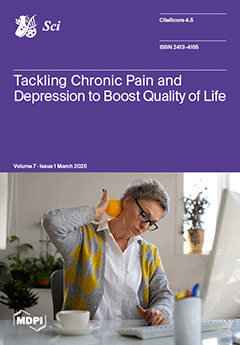Accurate surface area data are imperative for the development of meaningful property–function relationships. Nitrogen gas (N
2) adsorption/Brunauer–Emmet–Teller (BET) surface area analysis is a widely used technique for surface area characterization of materials because of straightforward sample preparation, automation, and low cost.
[...] Read more.
Accurate surface area data are imperative for the development of meaningful property–function relationships. Nitrogen gas (N
2) adsorption/Brunauer–Emmet–Teller (BET) surface area analysis is a widely used technique for surface area characterization of materials because of straightforward sample preparation, automation, and low cost. However, iron disulfide (FeS
2) does not typically exhibit quantifiable N
2 monolayer formation in BET measurements. FeS
2 has been applied in fields such as batteries, catalysis, and adsorption, all of which would benefit from techniques that reliably assess surface area (SSA) of the active material. To address this, we evaluated FeS
2 samples by combining alternative surface characterization techniques to quantify SSA. Ten different FeS
2 samples from various manufacturers are characterized via BET, laser diffraction, scanning electron microscopy, non-contact profilometry, and liquid dye adsorption. Compared to BET, which resulted in a wide range of SSAs between 0.049–1.213 m
2 g
−1, liquid dye adsorption was found to be accurate for pyrite samples at low sample masses (<50 mg), with SSA values between 0.99–10.20 m
2 g
−1. Using an optical characterization approach, which combined particle size and surface roughness data, we readily estimated SSA of the particles and found these values correlated linearly with liquid adsorption but not BET values. This work serves to help researchers choose a more fitting method for examining low surface area materials like FeS
2 and can easily be applied to other minerals for quantitative and qualitative surface area comparisons.
Full article





